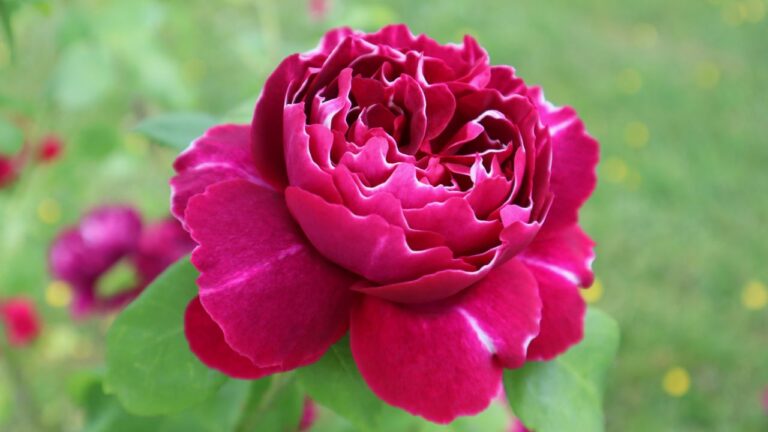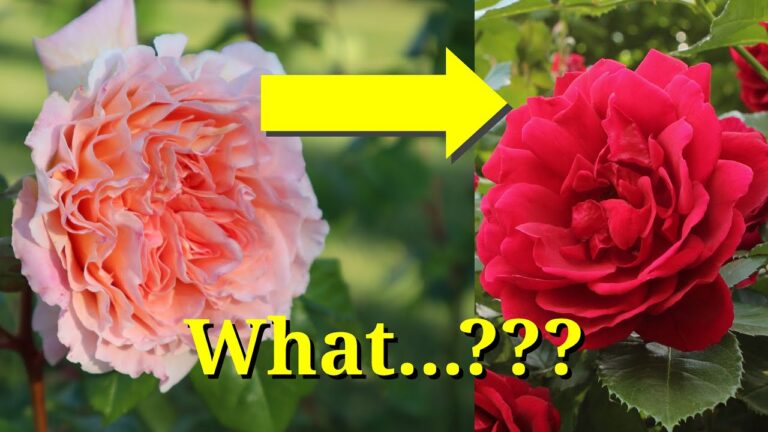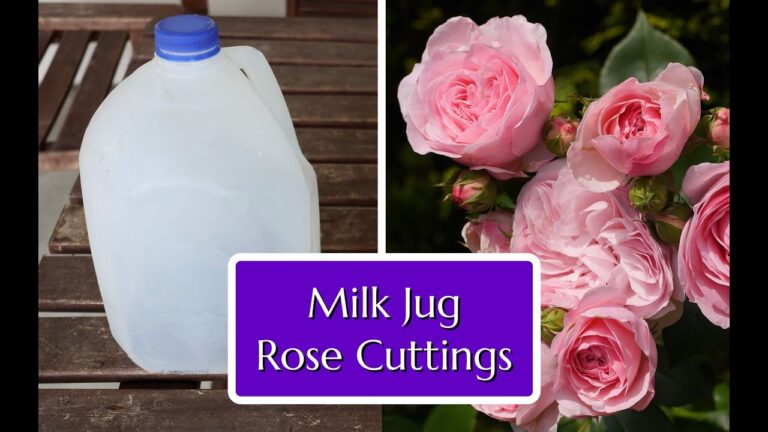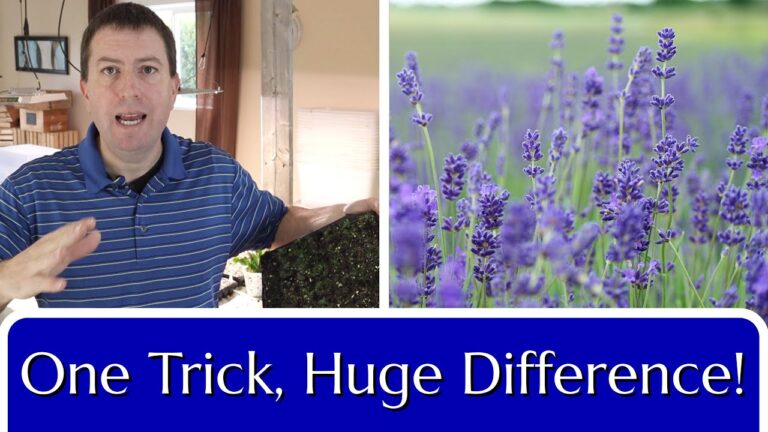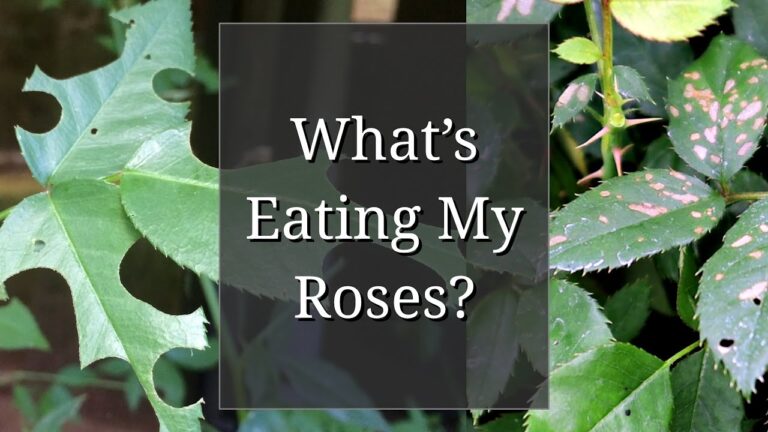Jason from Fraser Valley Rose Farm recently shared insights into his current propagation projects, highlighting the benefits of using humidity domes for propagating perennials and shrubs, including roses. These domes offer a modular, efficient, and reliable way to manage cuttings, particularly at the start of the season when controlled conditions are essential for success.
Jason begins by showcasing the results of his propagation efforts under the humidity domes. By maintaining steady humidity levels, these domes create an ideal environment for rooting, allowing him to monitor the cuttings once daily. While Jason has access to greenhouses and misting benches, he emphasized that the controlled temperatures and ease of use make humidity domes his preferred choice for starting cuttings early in the season.
The Humidity Dome Setup and Its Benefits
Jason described his setup, which consists of folding resin tables draped with a plastic skirt. This simple addition prevents moisture from dripping onto the floor and helps trap heat when bottom heating is required. Each tray beneath the domes is filled with a potting mix of peat and perlite, providing the drainage and air circulation needed for successful rooting.
He pointed out a key indicator of proper humidity: condensation on the inside of the dome. This visual cue helps ensure that the cuttings are receiving adequate moisture. If condensation is absent, Jason recommends lightly misting the cuttings and dome interior.
Results and Insights from Current Projects
Jason shared several examples of perennials and shrubs under propagation, including dianthus, lavender, hebe, agastache, and dappled willow. While most cuttings demonstrated excellent rooting progress within two to three weeks, he noted a common issue: pairing plants with varying rooting timelines in the same tray. For instance, lavender rooted quickly, while hebe needed more time, leading to a mismatch in readiness. Jason recommended sticking to one variety per tray for uniform results.
He also highlighted the importance of promptly removing dead material from trays to prevent the spread of rot or mold. For example, Jason pointed out a cutting that had rotted and explained how quickly it could compromise the rest of the tray if not removed.
The Propagation Method: Step-by-Step
Jason’s method involves taking a semi-hardwood cutting and trimming it just below a node while ensuring at least one node remains above the soil. He removes excess foliage to minimize stress on the cutting and dips it in rooting hormone before placing it into the prepared potting mix. The soil mix, a blend of peat and perlite, is lightly compacted to provide stability without hindering drainage.
He advised maintaining the right moisture level in the potting mix: it should hold its shape when squeezed but release no water. Once the cuttings are stuck into the tray, they are misted, placed under the humidity dome, and set in a warm, well-lit area.
Results with Roses and Other Shrubs
Jason demonstrated the method’s effectiveness with rose cuttings, including popular varieties like ‘Arthur Bell.’ He explained that the process for roses is identical to that for perennials, requiring the same type of cuttings, soil mix, and rooting conditions. Using a 32-cell tray for roses and a 72-cell tray for smaller cuttings, Jason achieved consistent rooting success within three weeks.
Key Benefits of the Humidity Dome Method
Jason emphasized the advantages of this propagation approach, including:
- Modularity: Ideal for small or large-scale projects.
- Low Maintenance: Requires minimal daily monitoring.
- Controlled Environment: Offers a reliable rooting environment regardless of outdoor conditions.
- High Success Rates: Particularly effective for semi-hardwood and perennial cuttings.
By combining attention to detail with the simplicity of humidity domes, Jason demonstrated how gardeners can achieve excellent results, even with challenging plants. Whether for roses, perennials, or shrubs, the humidity dome method provides a practical solution for gardeners looking to expand their propagation efforts.

